CPAP Alternative
What is CPAP?
Continuous Positive Airway Pressure (CPAP) was developed in the early 1980’s and was the first viable solution for treating the CPAP examples for treating obstructive sleep apneainsidious disease of Obstructive Sleep Apnea (OSA). Most physicians prescribe CPAP as a first treatment option, though many physicians now utilize dental devices as a first line of therapy for mild to moderate disease OSA. CPAP treatment consists of a pump that delivers positive air pressure to a mask that is fitted over the nose and/or the mouth. The air pressure is adjusted until the airway is forced open, much like blowing up a balloon.
Disadvantages of CPAP
CPAP is a very effective therapy WHEN it is used. If you’ve been diagnosed with sleep apnea and were prescribed a CPAP by your physician, you know exactly what we mean when we say WHEN it is used; compliance is the biggest challenge with this therapy. Most people find that wearing a mask and having air pushed down their throat is a challenge. The problems patients complain about from CPAP therapy are very real and often difficult, if not impossible, to overcome.
A partial list of the most common patient complaints from CPAP:
Mask leaks
An inability to get the mask to fit properly
Discomfort or interrupted sleep caused by the presence of the device
Noise from the device disturbing sleep or bed partner’s sleep
CPAP restricted movements during sleep
CPAP does not seem to be effective
Pressure on the upper lip causes tooth related problems
Latex allergy
Claustrophobic associations
An unconscious need to remove the CPAP apparatus at night

